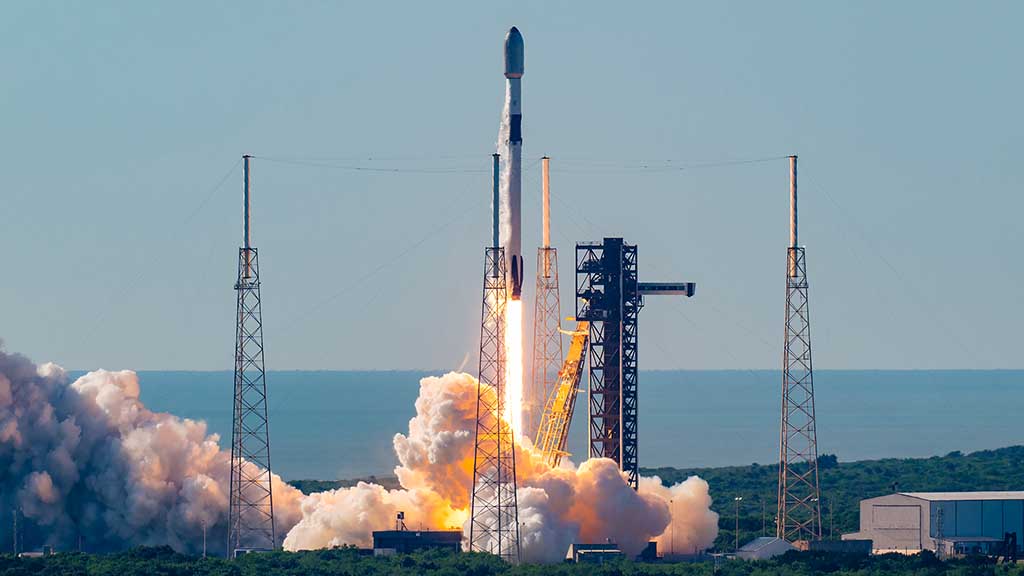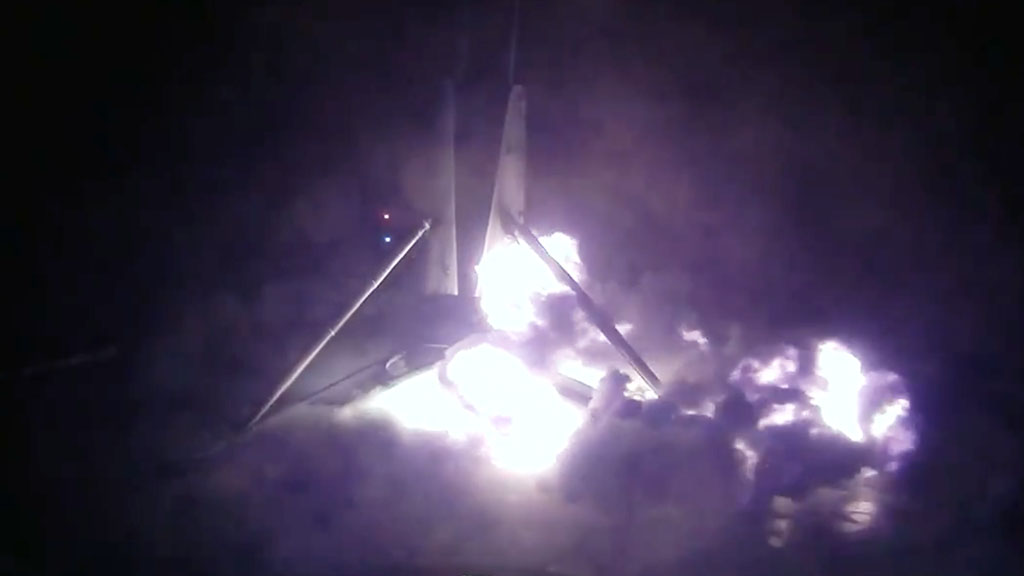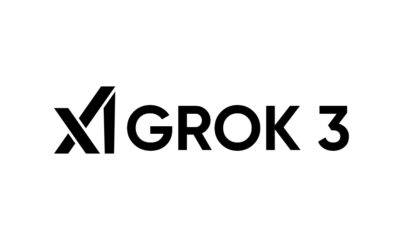SpaceX
FAA cleared new SpaceX Falcon 9 missions after booster anomaly

Federal Aviation Administration (FAA) has cleared SpaceX to conduct new Falcon 9 missions after its first stage returned to Earth and experienced an anomaly during landing.
On August 28, Falcon 9 launched 21 Starlink satellites from Space Launch Complex 40 at Cape Canaveral Space Force Station in Florida.
The rocket reached max Q, conducted hot-staging, and the first stage maneuvered to Earth. On the other hand, the second stage carried the payload to orbit, performed its burns, and deployed the payload.
While maintaining its trajectory to the landing zone, the booster did everything right expanded landing gear, and performed a touchdown. However, it tipped over and blasted into the droneship.
The FAA acknowledged this incident and called for an investigation. However, the agency hasn’t published new information on how long it would take to resume Falcon 9 flights.

Falcon 9 First Stage booster tipped off the droneship after its 23rd touchdown on August 28, 2024 (Source – SpaceX)
Now, the FAA officially cleared new SpaceX Falcon 9 missions and said the investigation will continue for that particular booster.
“The SpaceX Falcon 9 vehicle may return to flight operations while the overall investigation of the anomaly during the Starlink Group 8-6 mission remains open, provided all other license requirements are met. SpaceX made the return to flight request on Aug. 29 and the FAA gave approval on Aug.30.” said the FAA in a statement on Friday.
An early approval could be based on the flight objectives and what happened during the mission. The first and second stages completed their primary objectives and the issue only occurred at the last moment.
It means that all vehicular components performed accurately during the last segment. The rocket completed its final burn and deployed its landing legs as planned. So, the tipping over of the booster could also be related to wind and waves.
However, it’s not the first time SpaceX has flown any mission and landed on an autonomous floating platform. Therefore, an investigation would help improve rocket design for a better landing.
This is also good news for SpaceX and Polaris Dawn commercial crew flight missions, which could happen anytime in the next week.
(source)












